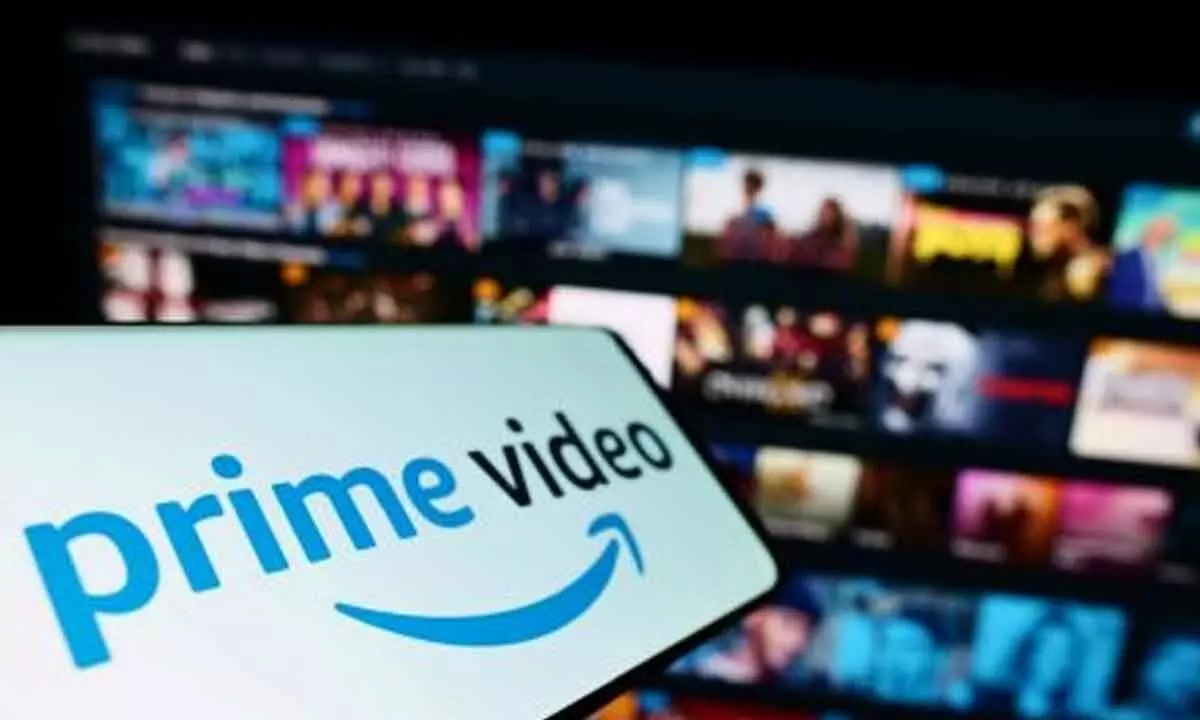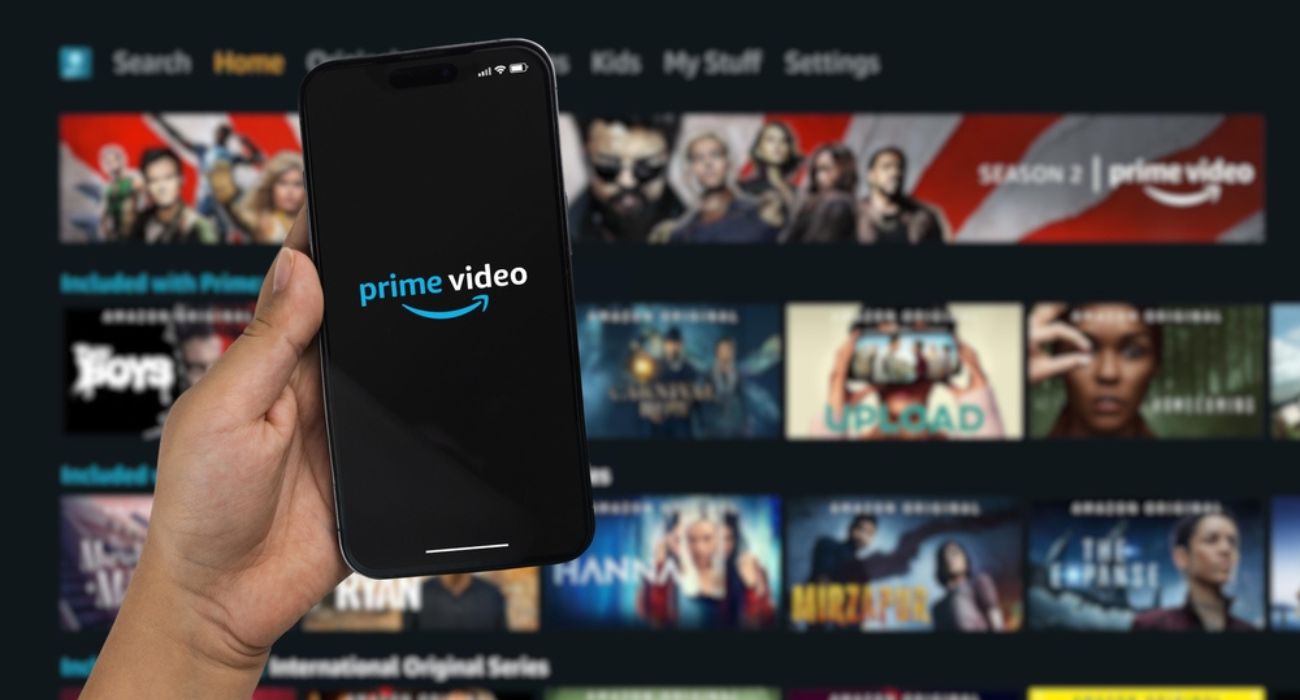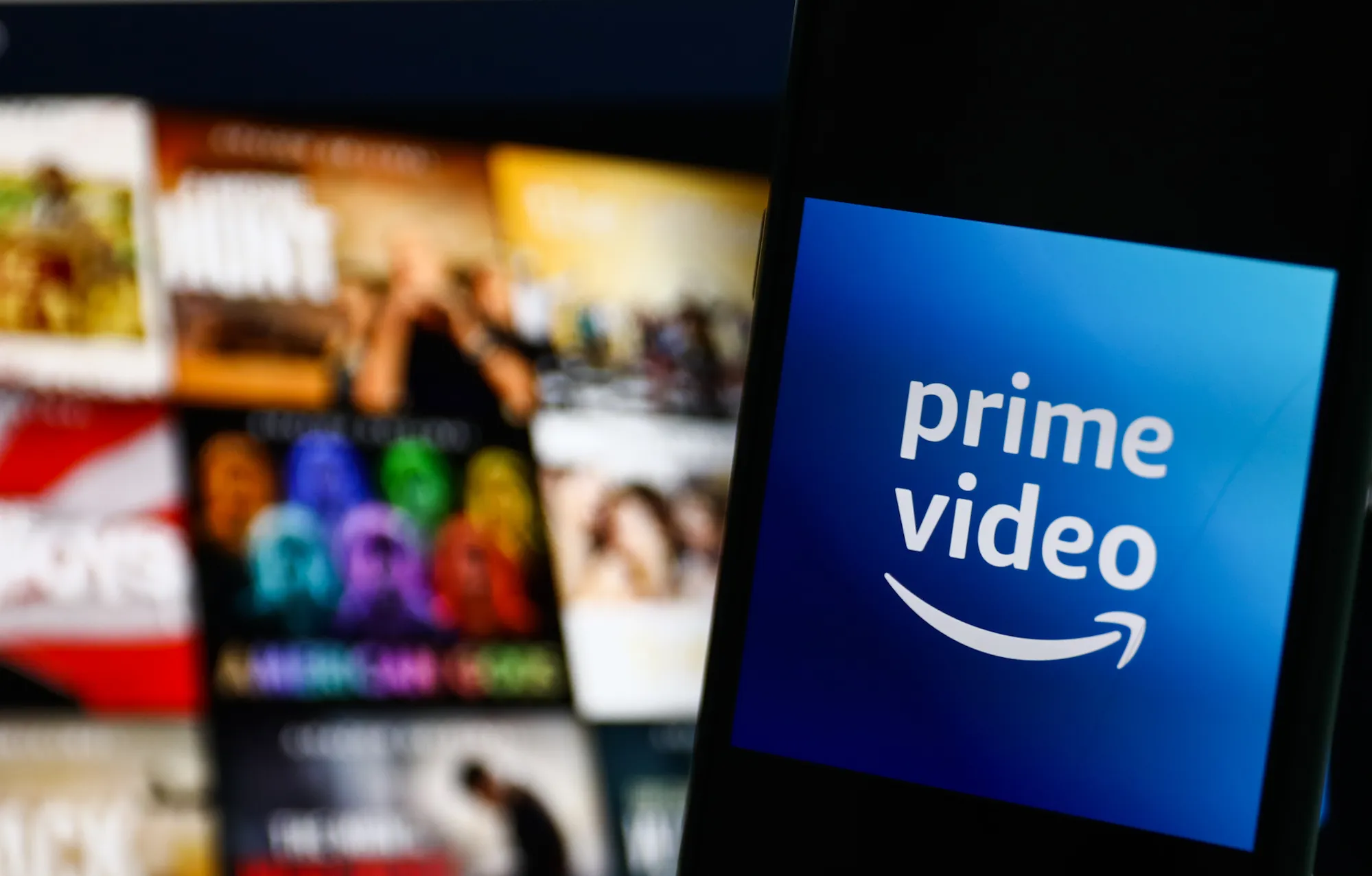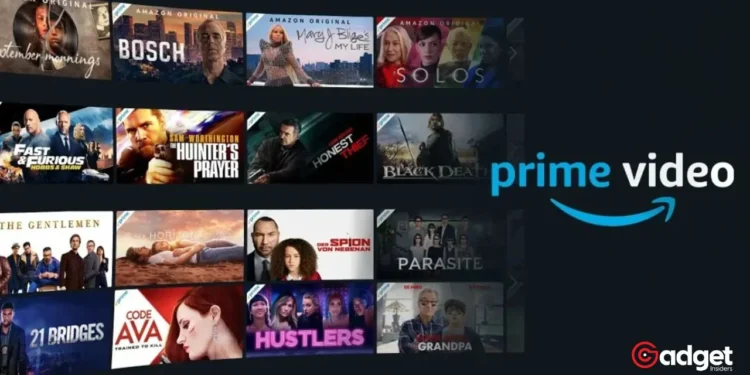Amazon is poised to redefine the streaming experience with its latest innovation in Prime Video. In a bold move, the company plans to introduce advertisements to its US Prime Video service, aiming to seamlessly integrate entertainment with shopping. This strategic shift could revolutionize how we perceive TV advertising, turning television screens into potential shopping portals.
With Amazon’s already substantial advertising business valued at over $50 billion, as reported by Bloomberg, the implications for consumers and advertisers alike are immense.

A New Era for Prime Video
Amazon’s decision to incorporate ads into its US Prime Video service marks a significant change in its approach to streaming. The initiative is not just about displaying commercials; it’s about transforming TV screens into interactive shopping platforms. As Sky Canaves, an analyst at Insider Intelligence, puts it, “Prime Video might be Amazon’s best hope to make shoppable TV happen.”
This endeavor will encourage brands that sell on Amazon to place their ads on Prime Video, leveraging Amazon’s detailed shopping profiles and extensive delivery network.
Prime Video: The Consumer Experience Redefined
Starting Monday, Prime subscribers will encounter a new landscape in their streaming experience. Movies and TV shows will feature commercials, with an option to subscribe ad-free for an additional $3 per month.
Amazon is keen on maintaining viewer satisfaction by airing fewer ads than traditional television and steering clear of controversial categories like election and alcohol commercials. This careful balance aims to keep the ad intrusion minimal, with Bank of America analysts predicting that 70% of Prime subscribers will choose the ad-supported content.

Prime Video: A Lucrative Venture in Advertising
Amazon’s ambitious plan is backed by impressive projections. The company expects Prime Video ads to reach about 115 million US viewers each month, potentially generating $5 billion in annual revenue. This revenue includes both ad sales and additional income from subscribers opting for ad-free viewing.
With such figures, Amazon could soon surpass Google’s YouTube to become the second-largest seller of connected TV advertising in the US.
Amazon launches prime video advertising, and hopes folks are ready to shop from their TVshttps://t.co/c5oILKKREi
— Spencer 'tweets 4 free' Soper (@spencersoper) January 29, 2024
Prime Video: Attracting Brands with Competitive Rates
To lure advertisers, Amazon is offering more attractive rates compared to its rivals like Netflix and Disney+. The absence of large spending minimums, typical in traditional television advertising, makes Amazon’s proposition even more appealing to brands.
As Guru Hariharan from CommerceIQ, which oversees significant sales for brands like Nestle and Colgate, points out, “Nearly all of our customers are buying Amazon video ads.” This sentiment is echoed by Kaitlyn Caimano from Tinuiti, who manages $4 billion in digital marketing, highlighting the potential hurdle in consumer comfort with interactive ads.
Prime Video: The Evolution of Amazon’s Advertising Strategy
Amazon’s journey in advertising began over a decade ago with selling ad space on its web store. The introduction of Prime Video ads is a strategic move to sustain robust revenue growth, especially as its web store faces market saturation and diminishing returns on investment for brands. This evolution symbolizes Amazon’s relentless pursuit of innovation, blending entertainment with e-commerce in a way that could redefine consumer behavior.

Amazon’s foray into shoppable TV ads represents a significant shift in the streaming landscape, promising a future where entertainment and shopping are more intertwined than ever. As viewers adapt to this new normal, the potential for brands to connect with consumers more directly and engagingly is vast. With Amazon leading the charge, the world of streaming and e-commerce is set for a transformative journey.










